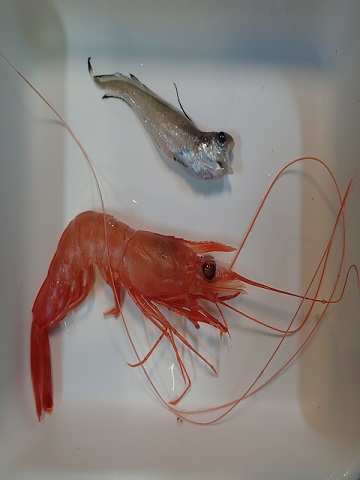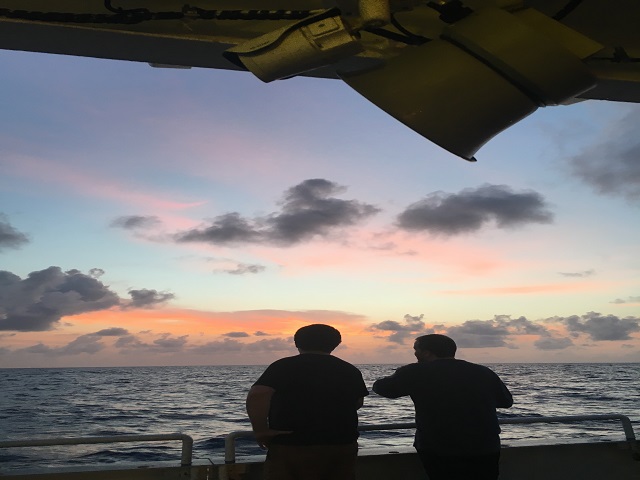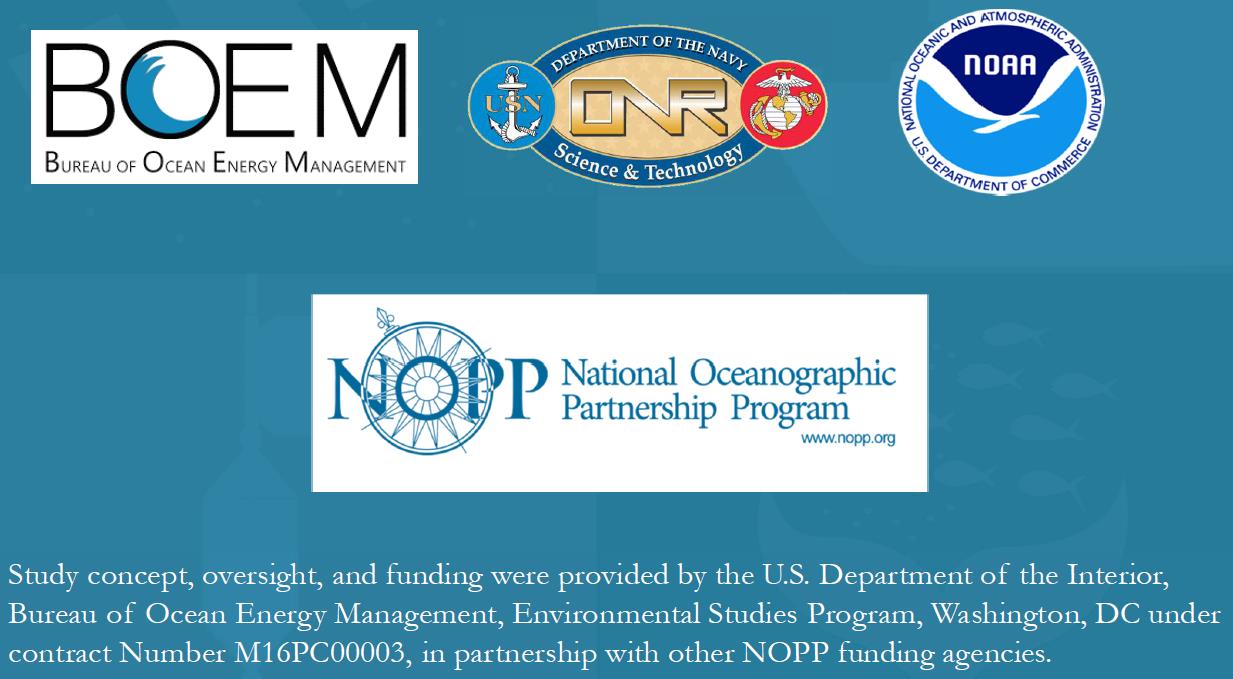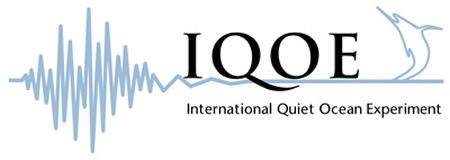Hey everyone! Our trip is coming down to the wire with only one more station left to sample. This station is our Virginia Canyon station (VAC), and is located outside of the Chesapeake Bay roughly 200 kilometers offshore. Tonight we are running our acoustic survey at VAC, also called “mowing the lawn”, while tomorrow night we will do our final set of net tows and then start making our way to Narragansett. Since rounding Cape Hatteras we have not only been encountering a lot more life on our echo sounders, but a lot of marine mammal and human life as well! This morning we were surrounded by not only pods of common dolphins, but also commercial fishing vessels. These vessels use large tube shaped nets called otter trawls to scoop up fish from the bottom.

Vessels that use these nets are called “draggers”, while those that deploy miles of fishing line with hooks extended are called “longliners”. The draggers we saw were likely going after squid and fluke, while the few longliners we have seen on our radar are fishing for various species of tuna and swordfish. We can only hope that the dolphins we were seeing were not caught as by-catch by the fishermen.



